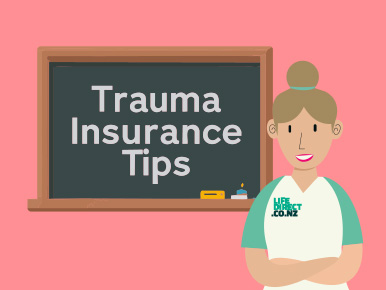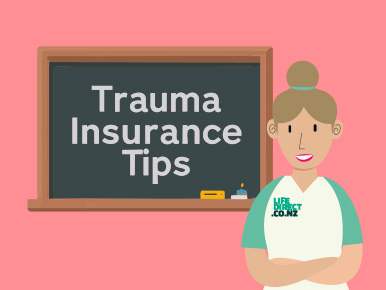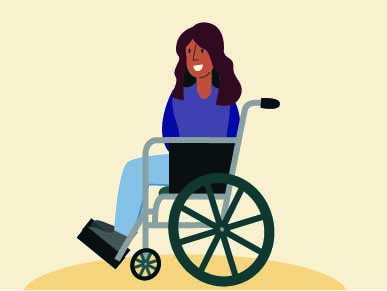Trauma insurance in New Zealand doesn’t come with a one-size-fits-all price tag - the cost depends on things like your age, health, lifestyle, and how much cover you choose. While premiums vary from person to person, the key idea is the same: trauma cover provides a financial safety net if you’re diagnosed with a serious illness, giving you breathing room to recover without added money stress.
So, how much does trauma insurance cost in NZ?
There isn’t one flat price. Some people may pay less for a modest level of cover, while others pay significantly more for higher cover amounts or if they’re older.
The important thing to know: your premium is personal. It’s calculated using a mix of factors unique to you, your lifestyle, and the policy you choose.
Factors that impact the cost of trauma insurance
1. Your age
Age is one of the biggest factors. Generally, the younger you are, the lower your premiums. As you get older, the likelihood of developing a serious health condition increases, and so do the costs.
2. How much cover you choose
Trauma insurance lets you pick a “sum insured” — the lump sum that will be paid if you claim.
- A smaller sum insured (say $50,000) will mean lower premiums.
- A higher sum insured (like $200,000 or more) increases the cost.
The right amount is different for everyone, depending on what financial safety net you’d want in place.
3. Your health and medical history
When you apply, insurers usually ask about your medical history.
- Pre-existing conditions may be excluded,
- some may carry higher premiums, or
- others may be covered after a waiting period.
This is one reason trauma insurance costs can vary so much between individuals.
4. Lifestyle factors
Lifestyle choices can also play a role. For example:
- Smoking is a common factor that increases premiums.
- Occupational risk — some higher-risk jobs may influence pricing.
- Hobbies — certain hazardous activities (like diving or mountaineering) can also have an impact.
5. Gender
In New Zealand, gender can influence trauma insurance pricing. That’s because statistical risk of certain conditions differs between men and women — for example, some cancers are more prevalent in one gender than the other.
6. Policy structure
Some policies are stand-alone, while others are linked to life insurance or other covers. How you structure your cover can affect the premium.
- A stand-alone trauma policy is usually more expensive.
- Trauma that’s “accelerated” (linked to life insurance and reduces the life cover if claimed) is often cheaper.
7. Optional add-ons and extras
You may be able to add benefits like partial payments for early-stage conditions, or options that allow multiple claims. These extras can give more flexibility but will also increase the premium.
8. Inflation and rising medical costs
Over time, premiums may rise due to broader factors such as medical inflation and the rising cost of care. Insurers adjust pricing to reflect these trends across the population.
What trauma insurance doesn’t usually cover
Not every condition is included. Common exclusions can include:
- conditions not specifically listed in the policy wording,
- pre-existing conditions (unless accepted),
- self-inflicted injuries, and
- elective or cosmetic procedures.
This is why it’s always important to check the definitions in your own policy documents.
Keeping costs manageable
Here are a few ways people balance cover and cost (general tips, not advice):
- Choosing an “accelerated” trauma benefit alongside life insurance.
- Picking a lower sum insured to start with, and reviewing as needs change.
- Comparing policy structures to see what fits best.
- Reviewing cover regularly as life stages and financial commitments change.
The value beyond the cost
When thinking about premiums, it’s not just about the number. Trauma insurance provides peace of mind — knowing that if you’re hit with a serious illness, you’ll have money in hand to focus on recovery, not bills.
That safety net can be life-changing, especially if it means being able to reduce work hours, pay off debt, or afford specialist treatment.
Disclaimer: Please note that the content provided in this article is intended as an overview and as general information only. While care is taken to ensure accuracy and reliability, the information provided is subject to continuous change and may not reflect current development or address your situation. Before making any decisions based on the information provided in this article, please use your discretion and seek independent guidance.











